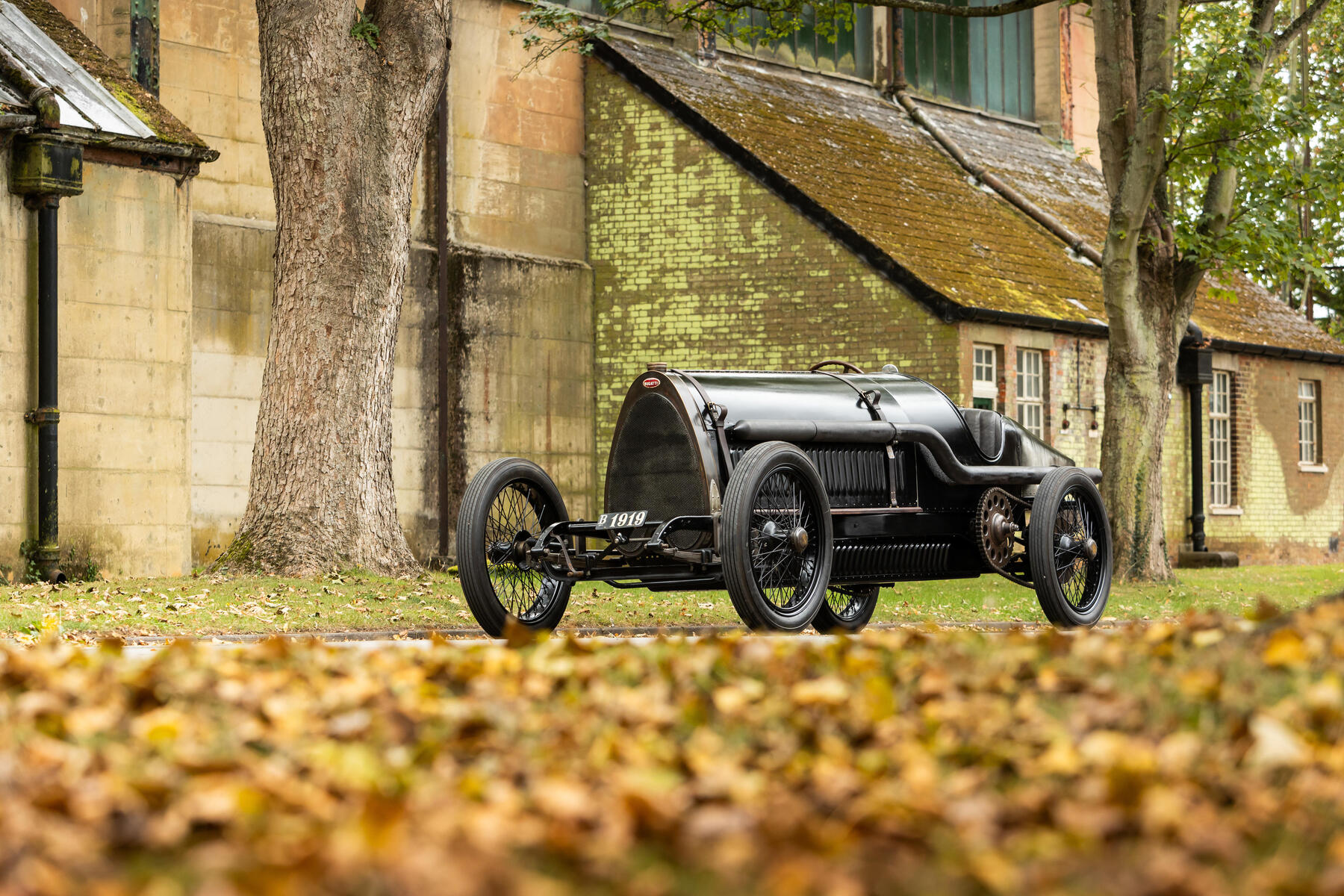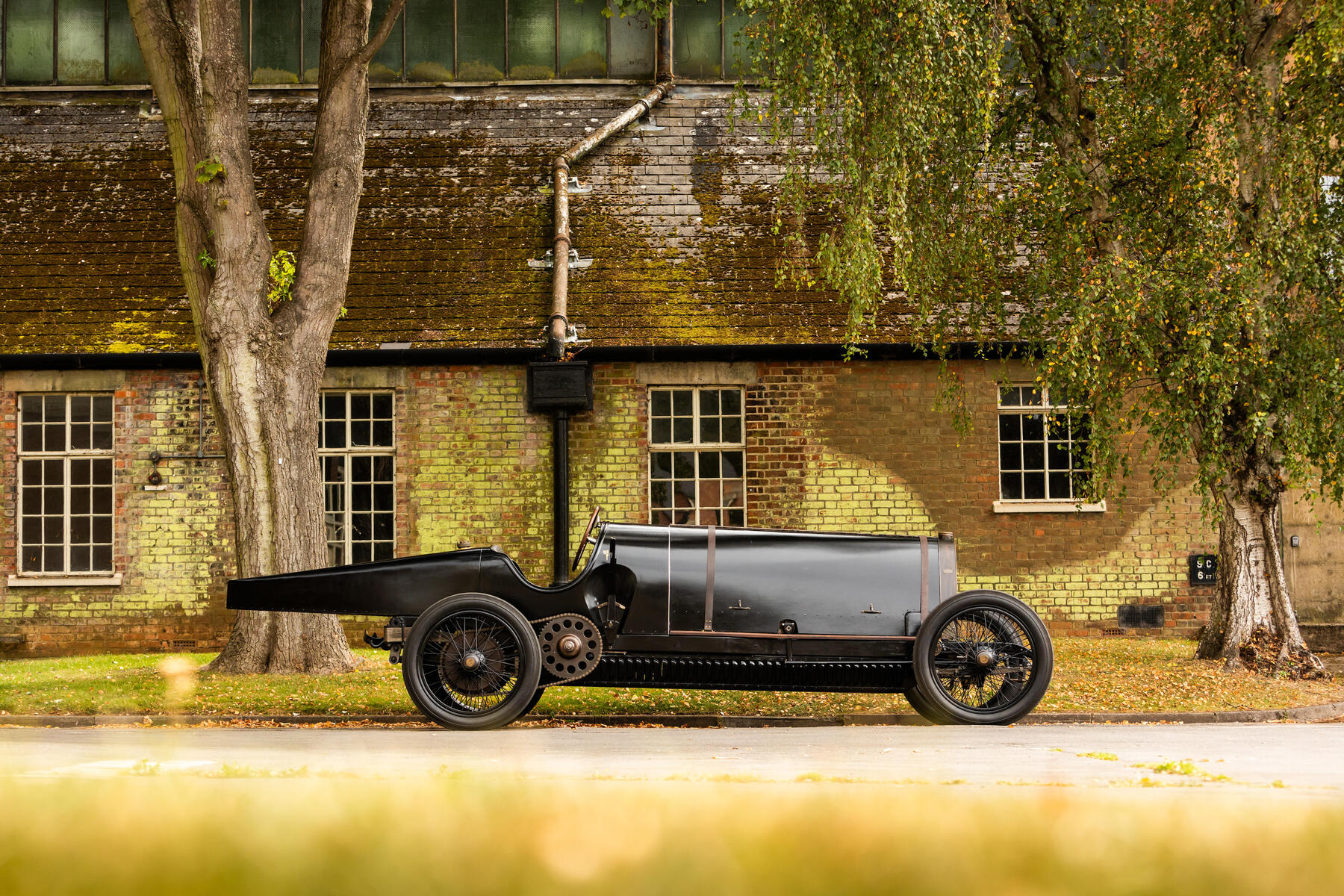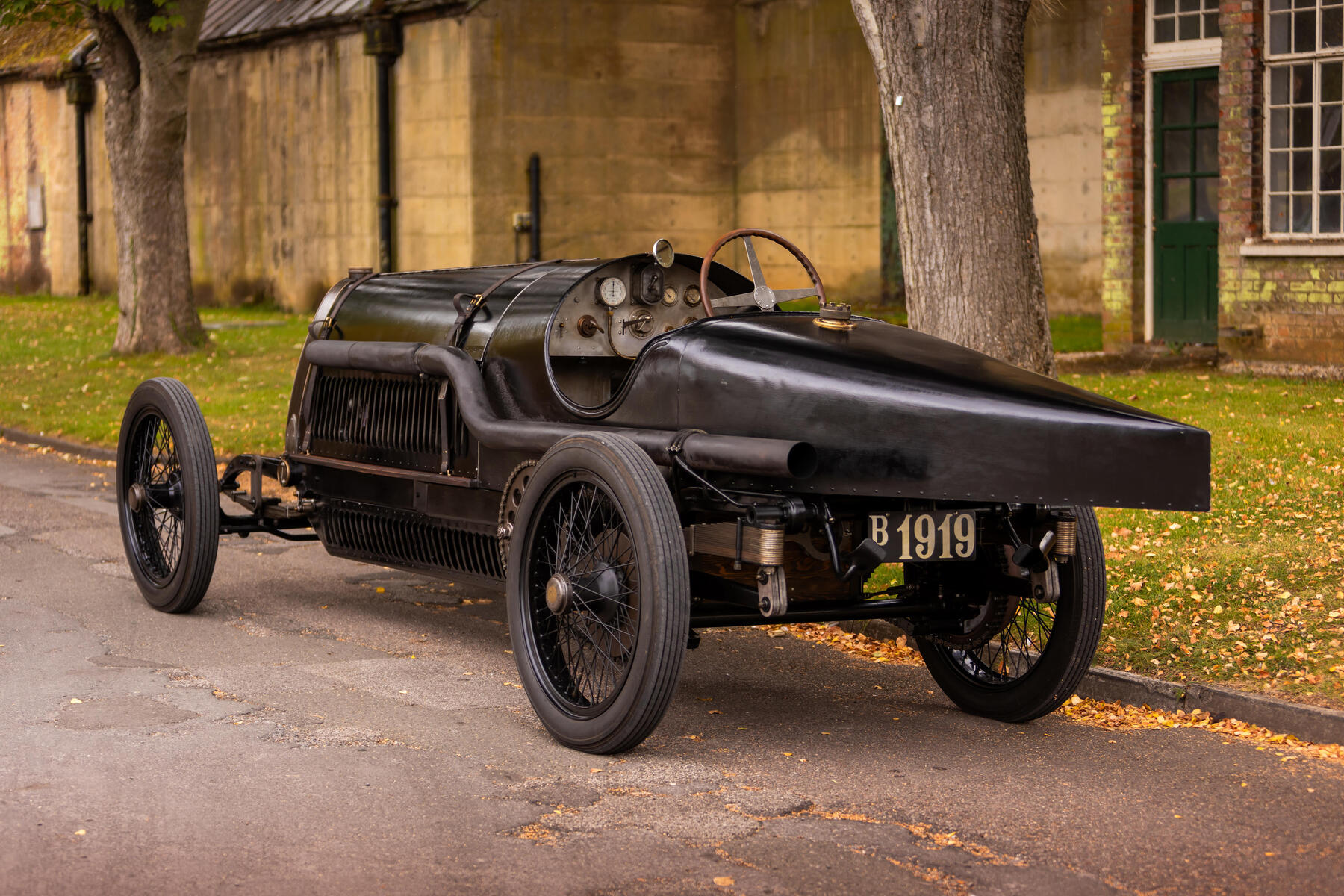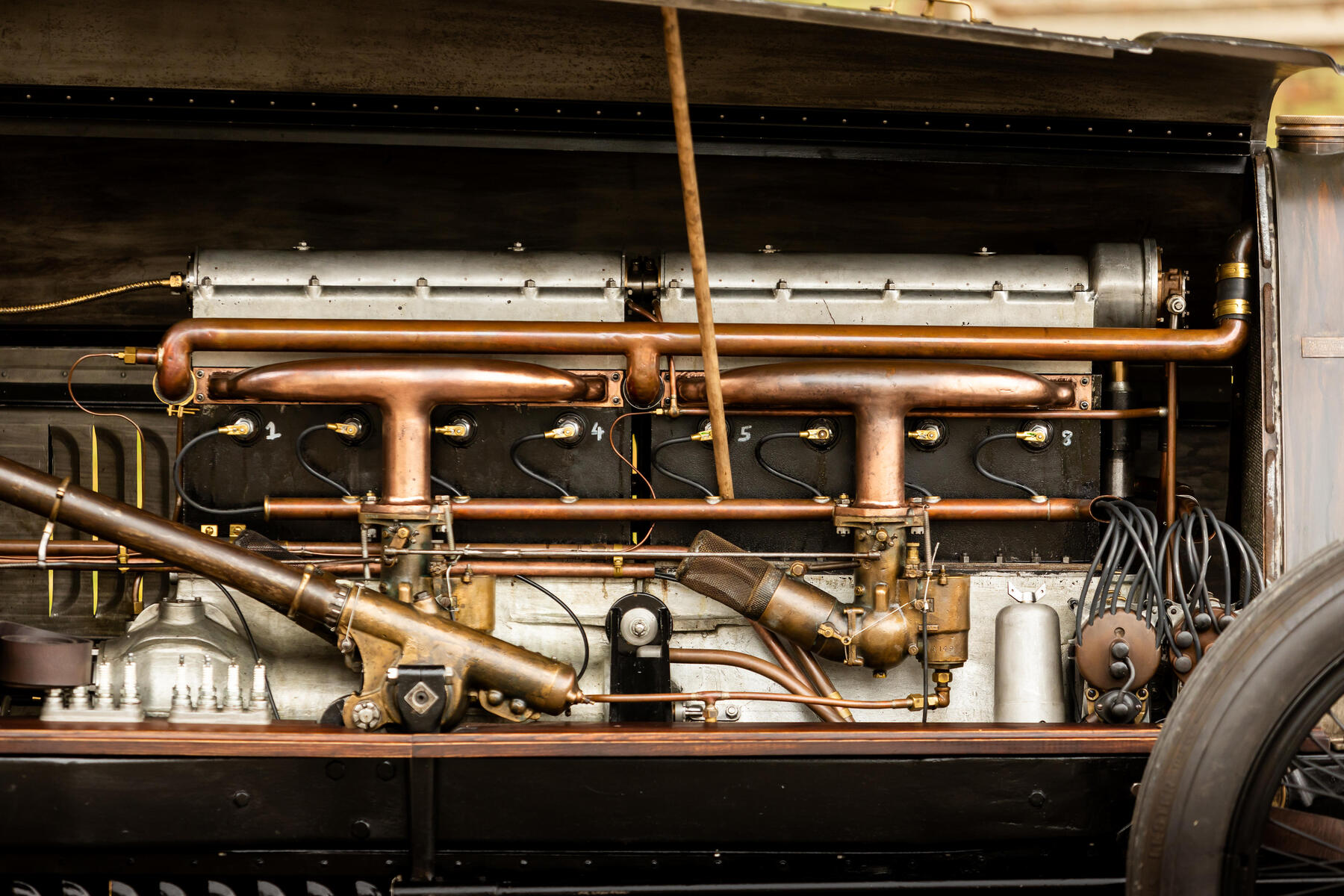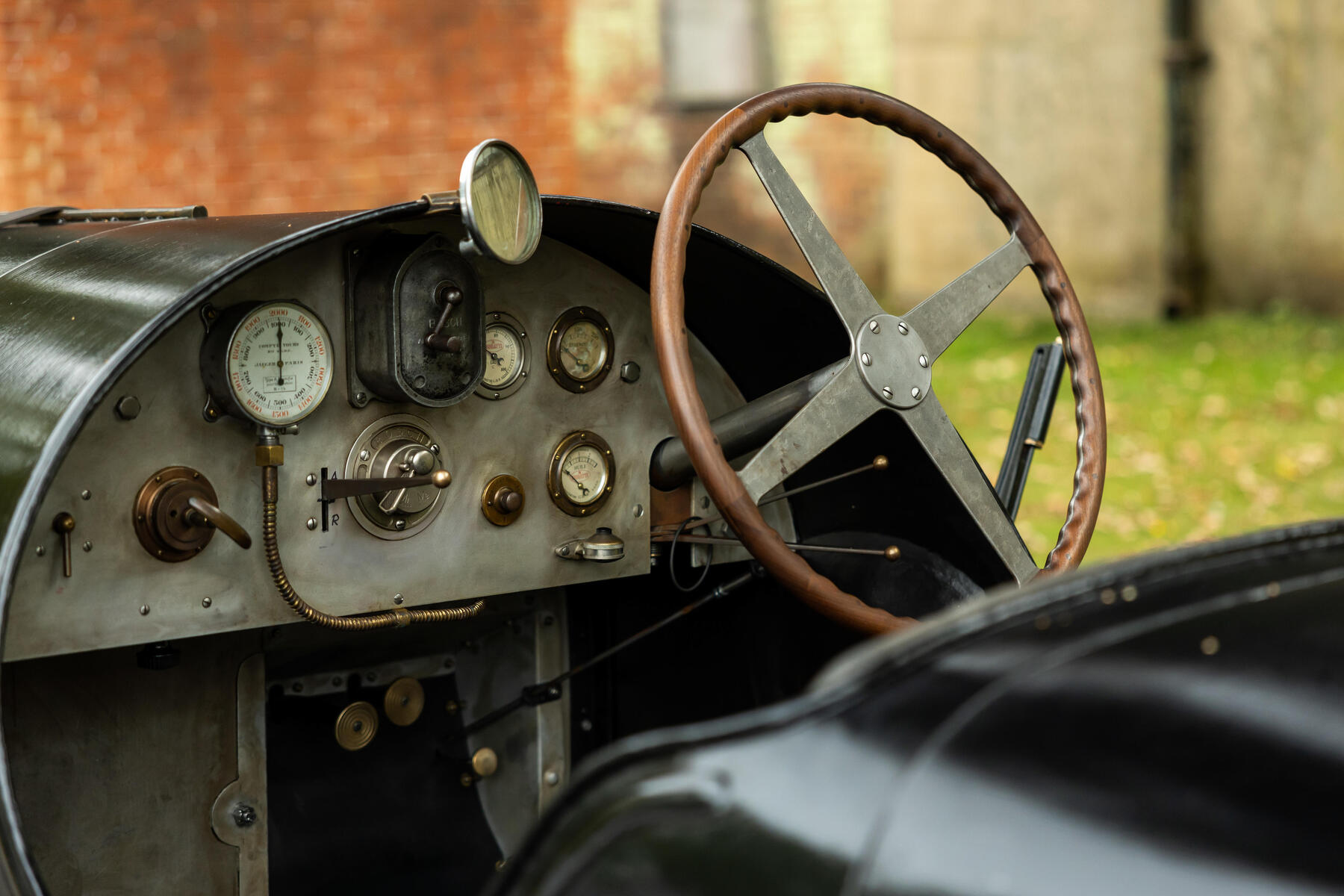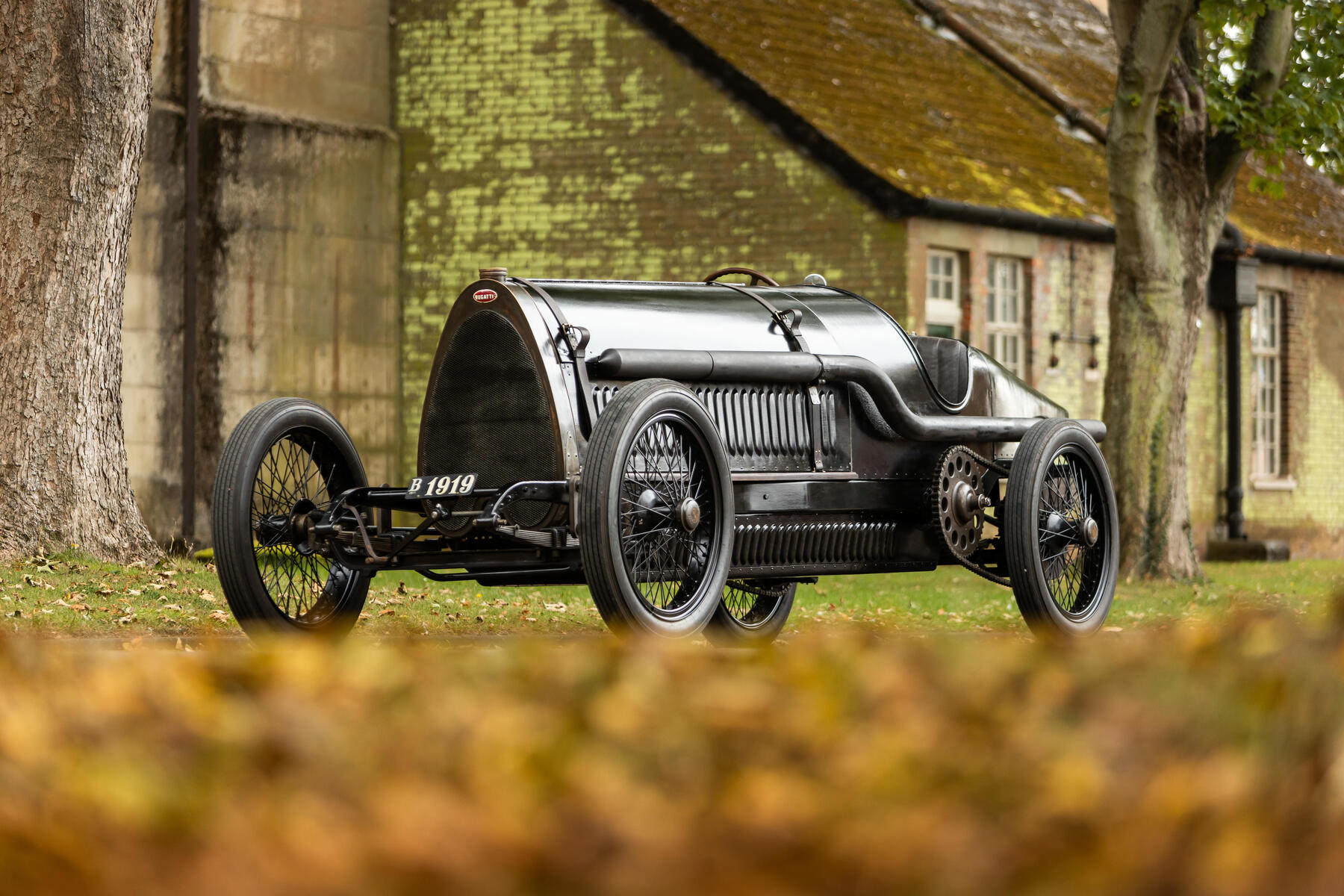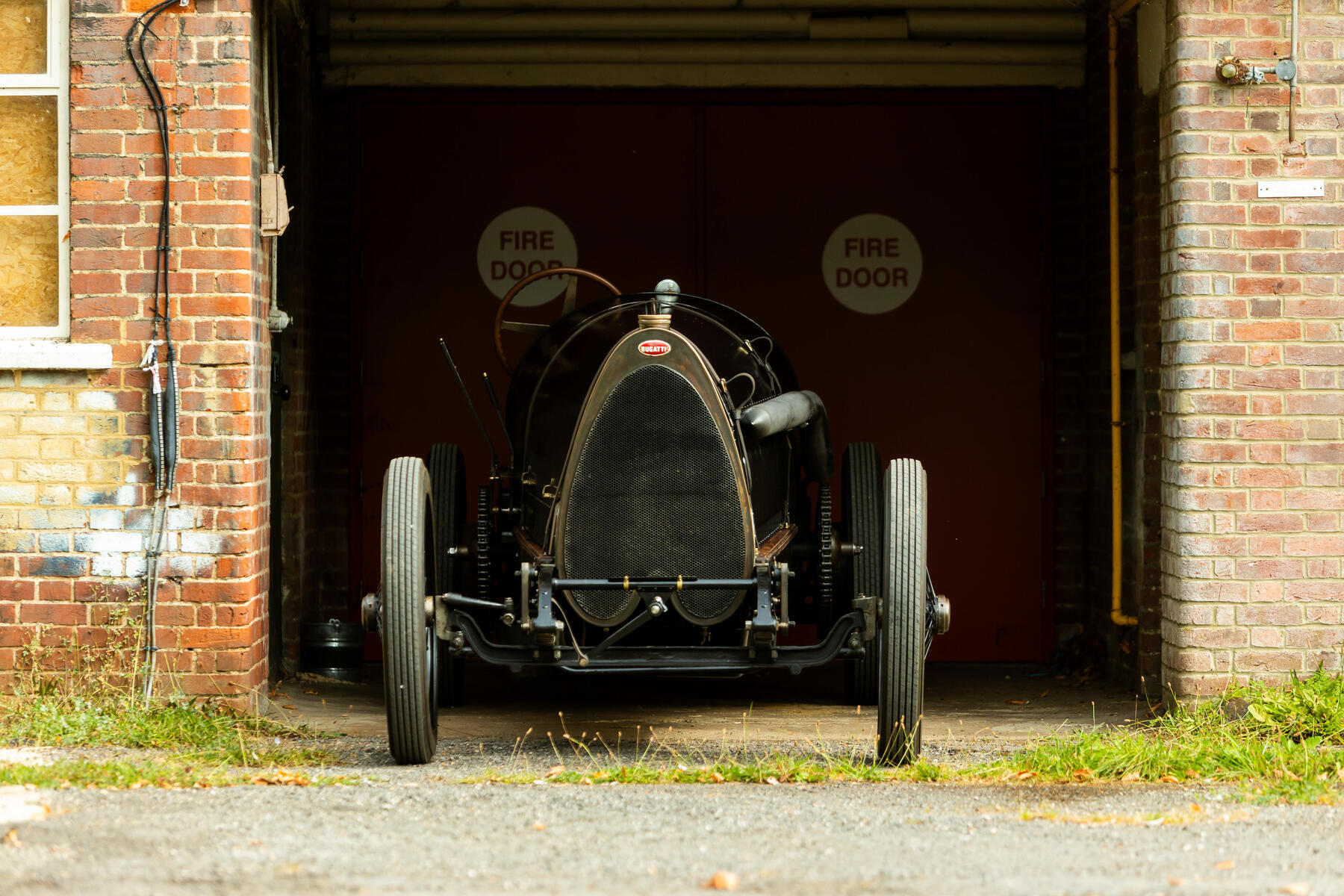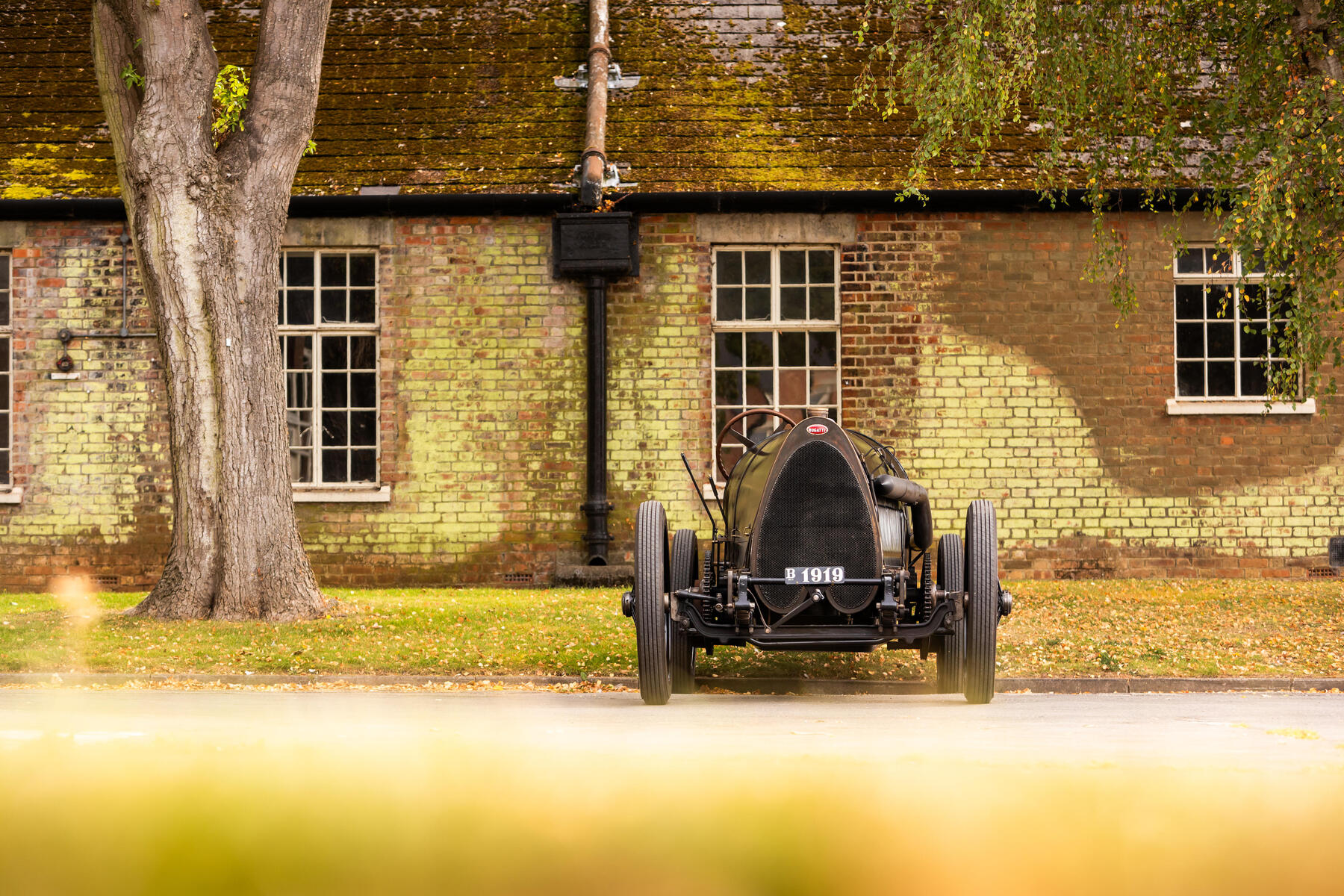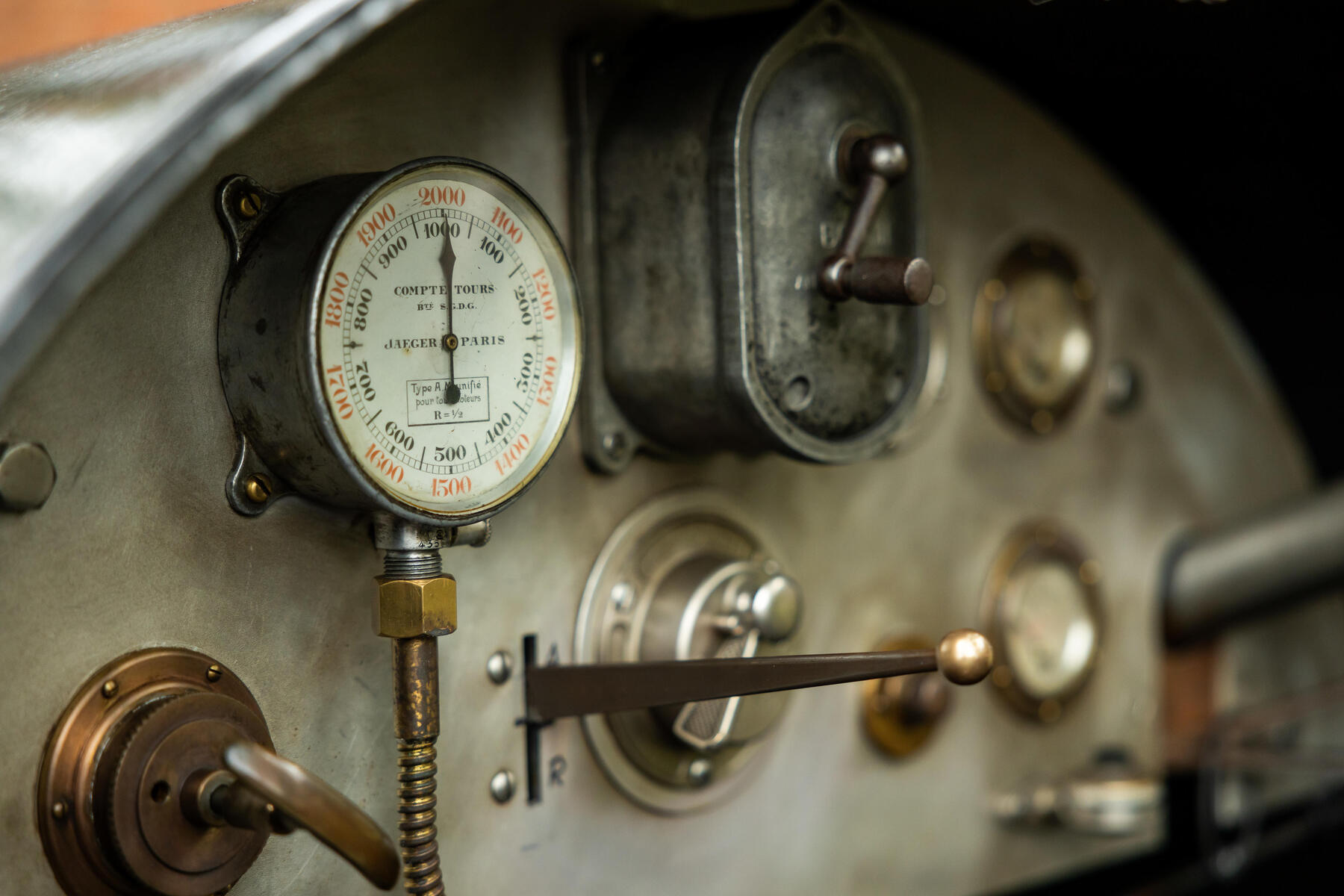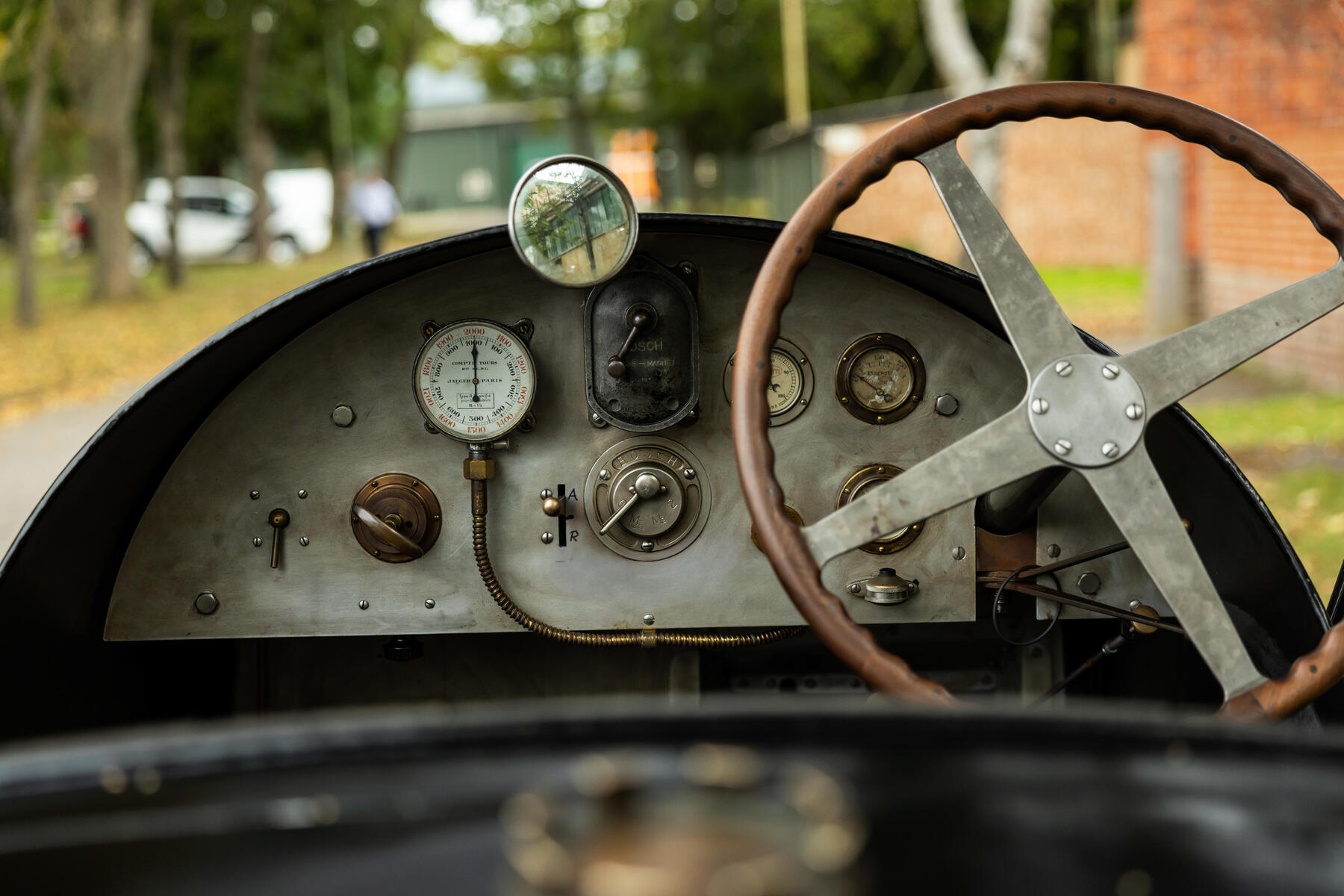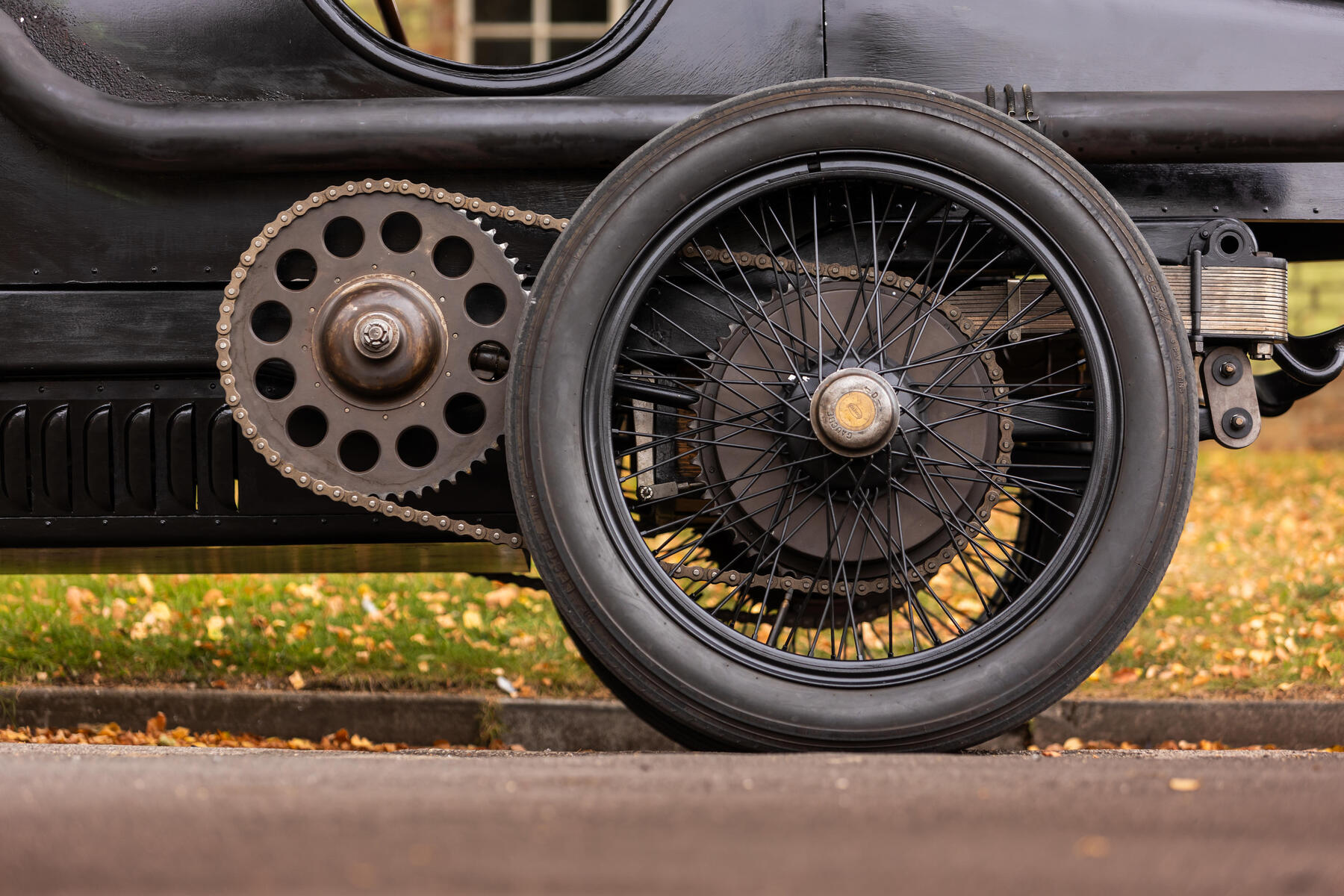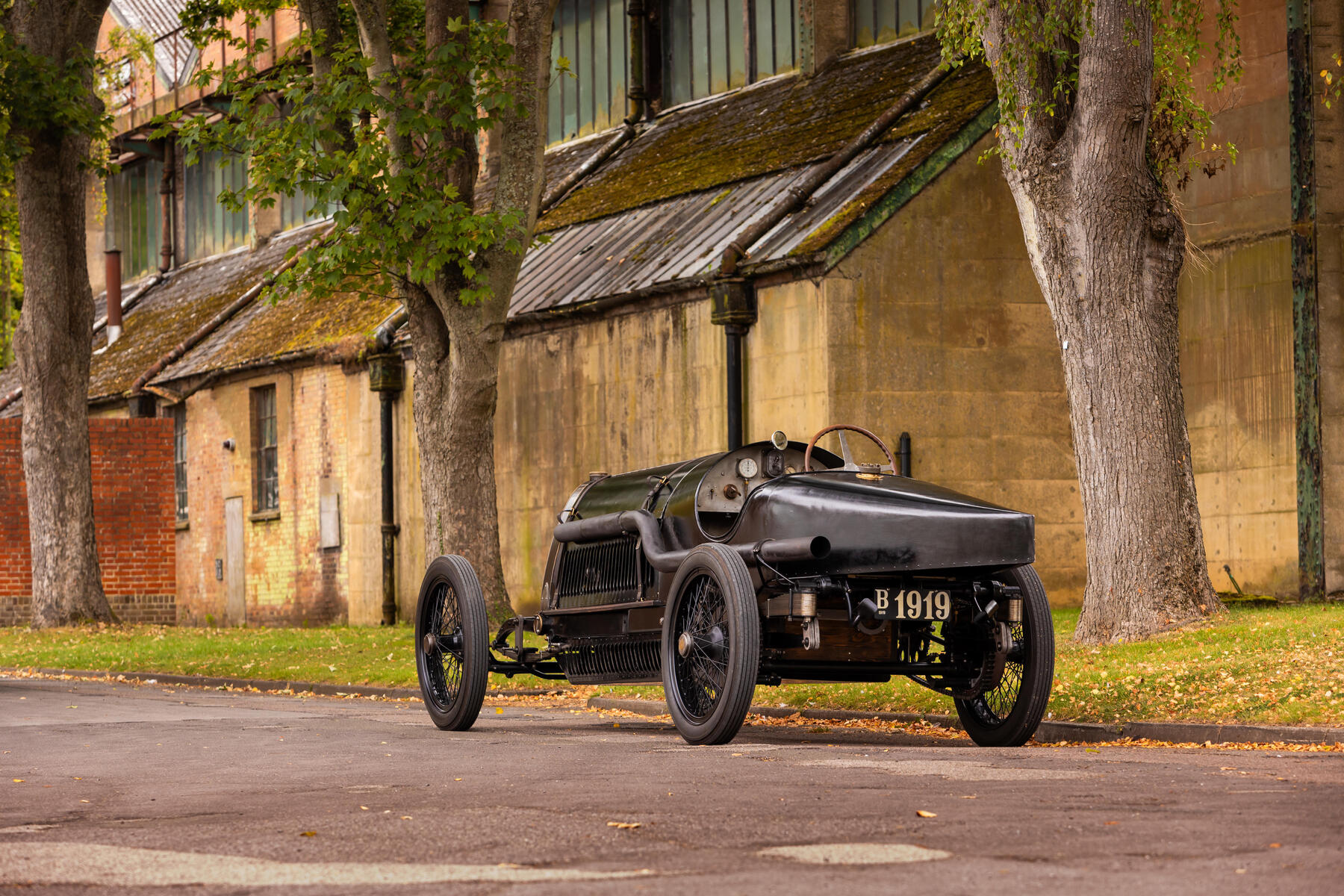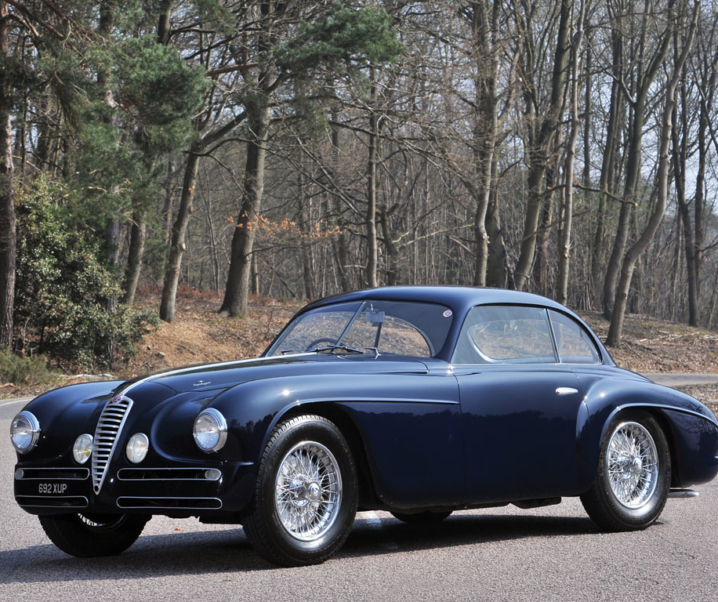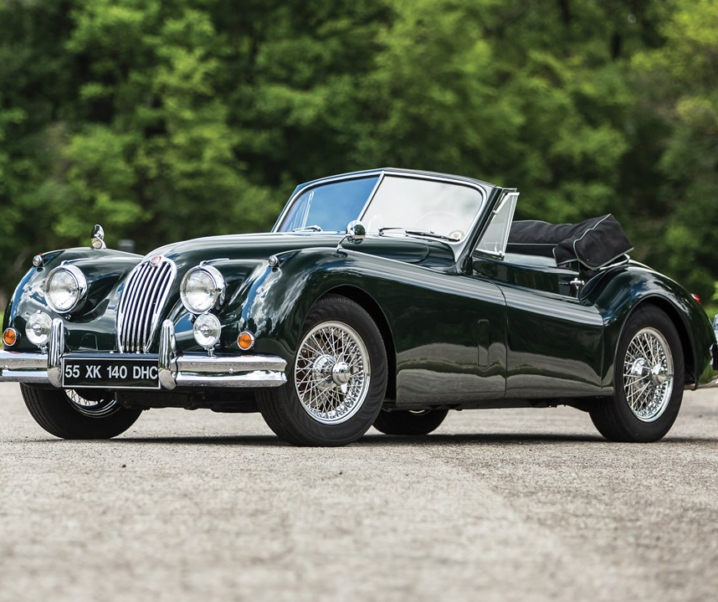The Bugatti Avio 8C engine formed the design foundation for Bugatti’s later large straight eight engines that were used in the Bugatti Royale automobile and the Bugatti high-speed railcars.
Though the engine was originally created as an aircraft power-plant it was not used to power aircraft but proved itself in automobiles and trains.
Fast Facts
- Ettore Bugatti was interested in “planes, trains, and automobiles” and would create examples of all three.
- Bugatti was friends with a man named Roland Garros, who became famous as an aviator when he flew across the Mediterranean Sea.
- Garros wanted to fly across the Atlantic and Bugatti was persuaded to design an engine that would be capable of a trans-Atlantic flight.
- Bugatti worked in cooperation with Vittorio Diatto to create this engine, which became the Avio 8C.
- Garros was killed in action during World War I but the engine created by Bugatti and Diatto became the foundational design for engines that would ultimately be used in the Bugatti Royale automobile and the Bugatti high-speed railcars.
- An original example of a Bugatti-Diatto Avio 8C was installed in a Diatto automobile chassis but never completed. This car has now been completed and is being offered for sale by Bonhams.
Once upon a time, long ago, a car was ensconced in a museum. It was not a complete car but what might be described as an “almost-a-car”, a chassis, with engine, but not complete.
Like a sleeping beauty the “almost-a-car” lay in repose and shrouded in mystery – and when a thing is shrouded in mystery then we are unable to tell its history.
But parts of the mystery have been progressively unraveled and in parts revealed.
The engine of the sleeping beauty is identified as the Avio 8C, jointly created by Pietro Diatto and Ettore Bugatti.
Ettore Bugatti was fascinated by “planes, trains and automobiles” and he would go on to create all three. His work on planes and automobiles traces back to his partnership with Pietro Diatto around 1907.
Diatto became a licensee for Bugatti engines, making and installing them in their own range of automobiles.
But the story of the Bugatti straight eight that would ultimately find its way into the hyper-luxurious Bugatti Royale and into the railway trains that Bugatti created dates back to the friendship between Ettore Bugatti and aviator Roland Garros.
In 1913 Garros made the first successful flight across the Mediterranean Sea traveling from Fréjus-Saint Raphaël which is near Monaco, to Bizerte in Tunisia. This essentially north to south journey of approximately 740 kilometers took Garros close to Corsica and over Sardinia to provide for a possible landing if needed. As it was Garros had to tend to two engine malfunctions on his journey.
Garros ambitions did not stop with that successful flight however and he told Ettore Bugatti that for his next project he wanted to fly across the Atlantic, and could Bugatti create an engine for the aircraft to be used for that flight?
Garros was at that time driving a Bugatti Type 18, which is also referred to as a “Garros”, and he clearly trusted his friend’s design and engineering expertise for what would be a “life on the line” flight.
Bugatti took on the challenge, and set about creating a large capacity, ultra-reliable straight eight SOHC aircraft engine.
There is an old saying “Simple optimism is not good when the stakes are high”: and no doubt both Garros and Bugatti understood the risks involved in this trans-Atlantic flight and the necessity of detailed preparation.
World events intervened however beginning in 1914 with the start of the First World War. Bugatti was invited by the French government to work in their laboratory in Paris while Garros joined the French Army as a pilot.
Work on the new straight eight really began in 1915 when Bugatti entered into a cooperative relationship with Pietro Diatto and he did his development work on this engine working with Vittorio Diatto.
The straight eight was created by joining together two enlarged Type 18 four cylinder engines, retaining the individual four cylinder engine blocks made in steel with integral water jackets. The resulting engine was of 14.5 liters capacity and generated around 200 hp.
This engine was named the Avio 8C, and it was to become the ancestor of the largest of the Bugatti straight eight engines, the engines that powered the Royale, and the engines that powered the Bugatti rail cars.
Roland Garros proved to be a war hero. He was captured and endured three years as a prisoner of war before escaping and returning to the front. He was killed in action on October 5, 1918, just prior to the end of the war.
At the time of its completion the Avio 8C engine was delivering approximately 250hp @ 2160rpm. The engine had a bore size of 120mm and stroke of 160mm giving it a capacity of 14.5 liters.
Although created to be an aircraft engine – with Garros proposed trans-Atlantic flight in view, the Avio 8C engine was not fitted into an aircraft. A small number of these engines are believed to have been made and of these some were apparently sent to the United States by racing driver Ernest Friderich who, we may assume, probably had plans to install them in racing cars.
No doubt the war years and aftermath have tended to oscure the story of the Bugatti Avio 8C to a significant extent. It known that in 1923 Alfieri Maserati entered into a cooperative arrangement with Diatto’s technical director Guiseppe Coda to create a Maserati straight eight car engine which was based on the Avio 8C design.
Maserati finished up installing one of the prototypes of the resulting engine in a Type 20 chassis and the resulting car became the Maserati Tipo 26 of 1926 which was a flagship car used in the creation of Maserati’s car making business.
Meanwhile one of the Bugatti-Diatto Avio 8C is believed to have been installed in a Diatto chassis in 1919, but the intended car was not completed: and subsequently found its way to a museum where it was taken off a truck and put into storage.
The incomplete car was later moved to a different museum, and as it happened a Bugatti historian named Uwe Hucke heard about the car, recognized its significance, and managed to purchase it.
Hucke set about the completion of the car and installed a period correct transmission and axles. Sadly he passed away before the work could be completed. The car passed to Claude Teisen-Simony, who set about completing it as it had most likely been intended: as a racing car or speed record car of that period in history, a car with which Bugatti could build his new company’s name.
So this “almost-a-car” became a complete and rather impressive Bugatti-Diatto: the car that almost wasn’t.
This car is now coming up for sale by Bonhams, with the sale set for August 15, 2025, at the Quail Auction: which will be held at the Carmel, Quail Lodge and Golf Club.
You will find the sale page for this quite fascinating Bugatti-Diatto if you click here.
Picture Credits: All pictures courtesy Bonhams.
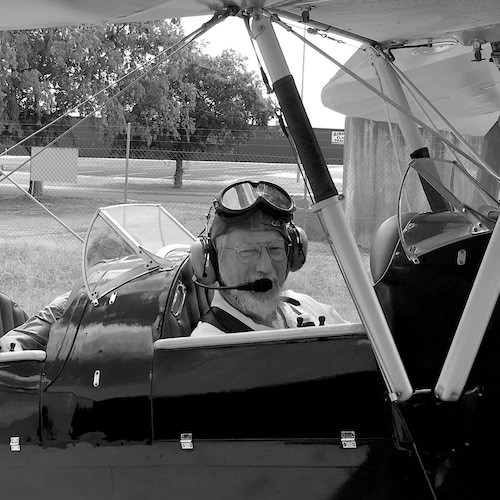
Jon Branch is the founder and senior editor of Revivaler and has written a significant number of articles for various publications including official Buying Guides for eBay, classic car articles for Hagerty, magazine articles for both the Australian Shooters Journal and the Australian Shooter, and he’s a long time contributor to Silodrome.
Jon has done radio, television, magazine and newspaper interviews on various issues, and has traveled extensively, having lived in Britain, Australia, China and Hong Kong. His travels have taken him to Indonesia, Israel, Italy, Japan and a number of other countries. He has studied the Japanese sword arts and has a long history of involvement in the shooting sports, which has included authoring submissions to government on various firearms related issues and assisting in the design and establishment of shooting ranges.

